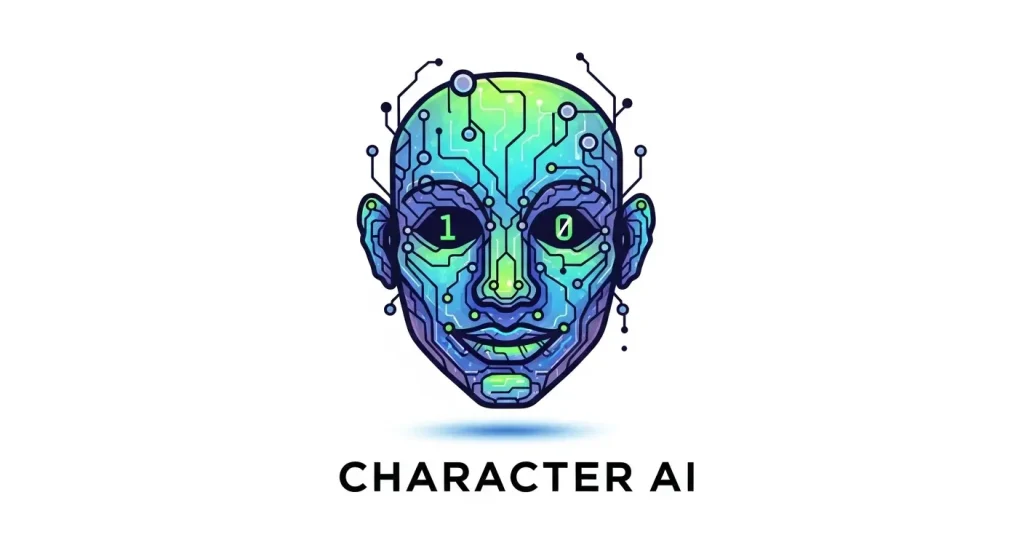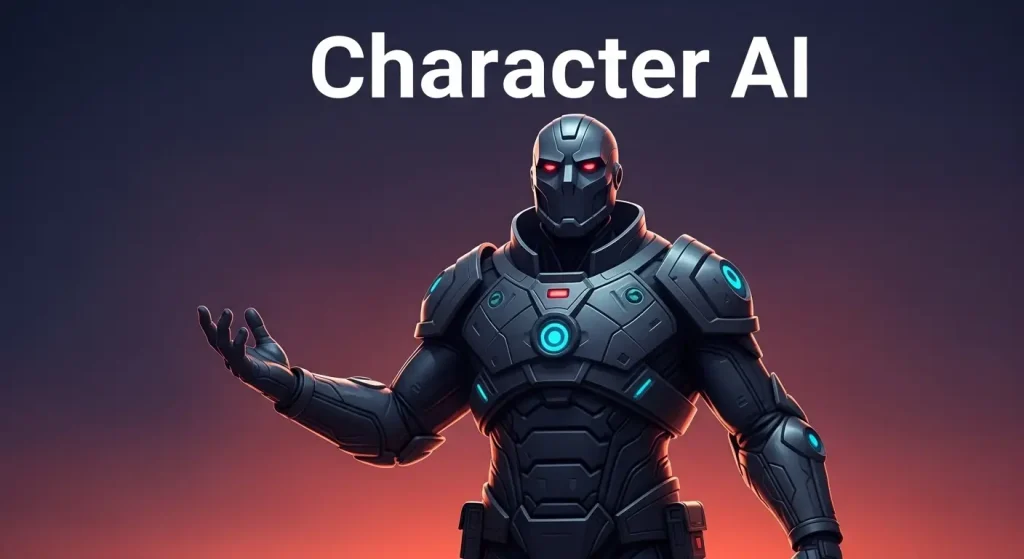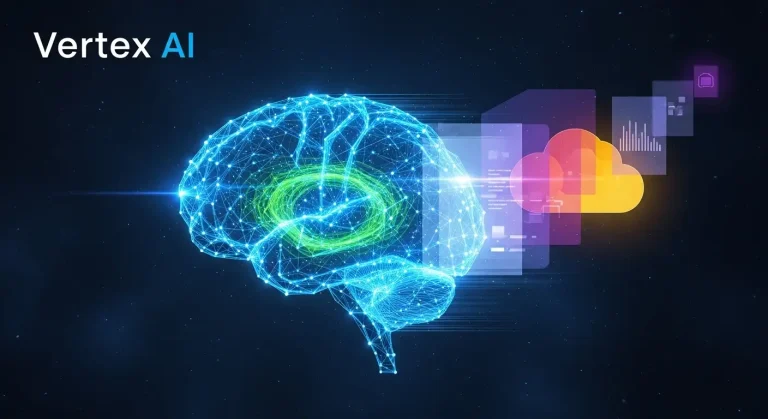Character AI is an online chatbot platform where users create and talk to custom AI characters that mimic personalities, emotions, and speech patterns. It allows for conversations that feel almost human, making it popular among roleplayers, writers, and casual users seeking engaging dialogue. However, over the past year, users have repeatedly asked the same question — what’s wrong with Character AI?
The answer lies in a mix of technical instability, stricter moderation, and backend limitations. Many users are experiencing long load times, memory loss in conversations, and sudden moderation filters that disrupt roleplay or storytelling. Let’s look closer at what’s actually happening behind the scenes and why the experience feels so broken for many people today.
How the Platform Works

The platform is powered by large-scale language models trained to predict the next best word in a conversation based on prior context. It simulates dialogue using learned data from books, online discussions, and user interactions. Each user-created “character” has a defined personality, tone, and knowledge scope.
When you chat with one of these digital personas, the model uses the description and example dialogues you’ve written to simulate how that character would respond. It’s an impressive feat of natural language processing, but it’s also resource-intensive. Every reply requires computing power and server memory — and when millions of users do this simultaneously, the system strains.
The Main Issues Users Are Reporting
Across forums, social platforms, and Discord servers, thousands of users have complained about recent changes. The most common issues include:
- Lag and delays – Messages take longer to send or get stuck.
- Unresponsive characters – Bots suddenly stop replying or freeze mid-sentence.
- Chat memory loss – Long-running conversations lose continuity, with characters forgetting details from earlier messages.
- Aggressive moderation filters – Conversations are being censored or blocked for seemingly harmless content.
- Frequent app crashes – Mobile users, in particular, report that the app crashes when loading large chats.
- Reduced emotional tone – Characters seem less expressive or “alive,” with dull or repetitive responses.
These symptoms indicate more than temporary bugs. They point to deep-running technical and policy challenges that have grown as the user base expanded globally.
Why the System Is Struggling
When an AI platform scales too fast, the infrastructure must handle a massive increase in simultaneous conversations. The primary challenges come from three areas:
Server Load
Millions of interactions happen each minute. The servers have to process and generate responses in real time, which consumes significant GPU and memory resources. During peak hours, this load causes lag or message failures.
Session Management
Each conversation is a “session.” When too many sessions remain active, old data must be trimmed to prevent overload. This leads to the common complaint that characters “forget” things.
Updates and API Dependencies
Each new update introduces new dependencies or connections with APIs. When one link in the chain fails, the user experience breaks — from missing responses to full app crashes.
Cache Instability
Repeated edits, deletions, or reconnects sometimes corrupt cached data, causing the AI to act unpredictably or revert to earlier behaviour patterns.
These problems are common in large-scale AI deployments, especially those running continuous, user-generated dialogues.
The Mobile App Problems

While desktop users face lag and message errors, mobile users face even more severe performance drops. The app tends to use cached chat data to save mobile bandwidth. However, when this cache builds up, it creates sync issues — characters stop responding or display mismatched dialogue.
Common app-specific errors include:
- Endless “loading” screens.
- Login sessions that expire immediately after signing in.
- Chats not saving or disappearing after updates.
- Broken notifications that keep popping up even after being cleared.
These aren’t isolated bugs — they point to incomplete mobile optimisation. Many updates appear to prioritise web performance, leaving the app lagging behind in stability.
Overzealous Moderation Filters
A major frustration for long-time users has been the tightening of moderation. Conversations that were fine a few months ago are now blocked or redirected with vague messages like “This topic isn’t allowed.”
The cause is the platform’s AI moderation model, which was upgraded to comply with new global content safety policies. The intent was good — to protect users and avoid unsafe content — but the outcome has been overcorrection.
Users have shared examples where completely normal conversations got flagged, such as:
- Discussing emotional or psychological topics.
- Writing fictional stories involving mild conflict or fantasy.
- Attempting to roleplay scenes that were once harmlessly creative.
The new moderation system often struggles to distinguish between fiction and real-world behaviour. That’s why conversations feel interrupted, filtered, or emotionally flat.
What’s Happening Right Now
The recent instability isn’t random. Since late 2024, the development team has been rolling out infrastructure changes and testing new models. The goal is to create more reliable memory and personality retention for AI characters, but each rollout introduces temporary disruptions.
Users have noticed:
- Regular downtimes without prior notice.
- Temporary disappearance of old chats.
- Memory resets during testing of “long-term memory” systems.
- Personality drift, where characters act differently after updates.
Essentially, the developers are rebuilding the foundations while keeping the system live — similar to renovating a house while people are still living inside.
The Beta Experience
The beta version is supposed to be a testing ground for new features. However, it’s become another source of frustration. Many users accidentally switch between the stable and beta environments without realising it.
The result? Different characters respond differently in each version. Beta often introduces:
- Mid-message cutoffs.
- Repetitive “something went wrong” alerts.
- Broken continuity from prior chats.
- Sudden logouts during testing cycles.
This overlap between testing and live use blurs the lines, making it hard for users to know whether a bug is temporary or permanent.
| Common Problem | Likely Cause | Frequency | Affects |
| Chat delays | Server overload | High | All users |
| Memory loss | Session trimming | Very High | All users |
| Over-filtering | New moderation rules | High | Story writers, roleplayers |
| Crashes | App optimisation gaps | Medium | Mobile users |
| Personality drift | Model updates | Medium | Custom characters |
Why Your AI Character Acts “Different”
If your custom character suddenly starts replying in strange ways, seems to have forgotten your story, or contradicts its earlier tone, several technical reasons could explain it:
- Memory truncation: The system limits how much prior conversation it remembers, often shortening threads without warning.
- Prompt confusion: Editing your character’s personality card or example messages too often can make it lose behavioural consistency.
- Server desync: Your local cache may not match the latest version stored on the servers.
- Flagging: Some of your previous chats may have triggered moderation silently, which changes how the AI responds.
A simple fix that often helps is to clear cache, restart the session, or rephrase the prompt in shorter sentences.
Community Reactions
On social media, complaints range from light-hearted jokes to genuine disappointment. Long-term users express nostalgia for the earlier days when conversations felt natural and expressive. Reddit threads and Discord groups often share screenshots of repetitive “please wait” messages or bots refusing to respond.
Some quotes from user discussions include:
- “It keeps freezing right when the chat gets interesting.”
- “Every update seems to make it worse.”
- “My favourite character now acts robotic and bland.”
These frustrations highlight a deeper issue: the emotional attachment users form with their AI companions. When those companions stop responding properly, it feels personal, even though the cause is purely technical.
Is the Platform Dying or Evolving?
While some believe the project is collapsing, others see it as a transition period. Most of the current issues stem from infrastructure changes, not abandonment. The company has been quietly testing new systems aimed at improving continuity and real-time responsiveness.
Similar transitions happened with other AI-based chat platforms that faced user backlash during major model updates. These platforms typically stabilised after several months of adjustments.
So, despite how bad it feels now, the situation might not be permanent.
Broader Implications for AI Companionship
The situation raises questions about the long-term future of conversational AI. When a system begins filtering too strictly or breaking emotional continuity, it loses its most valuable quality — the illusion of empathy.
As more users turn to AI companions for creativity, comfort, or entertainment, they expect depth and reliability. However, balancing that with ethical guidelines is difficult. Overly relaxed filters invite risk; overly strict ones destroy immersion.
This tension will define the next generation of AI companion tools. Developers must create systems that can understand context — knowing when a story is fictional, emotional, or sensitive, rather than blocking it outright.
Troubleshooting Tips for Users
If you’re currently facing problems with your AI characters, here are a few methods that might improve performance:
- Clear cache and cookies before launching the app or website.
- Switch devices — use desktop instead of mobile for longer sessions.
- Keep descriptions concise. Long, detailed character bios can confuse the system.
- Restart sessions after updates to refresh memory allocation.
- Save backups of important chats externally, as data loss during updates is common.
- Avoid sending multiple messages quickly, which sometimes freezes the system.
These won’t fix server-wide issues, but they can make your local experience smoother.
What’s Going On in 2025
In 2025, the platform is undergoing its most significant overhaul yet. The developers appear to be migrating their models to newer, more memory-efficient frameworks that allow for persistent character memory — a long-requested feature.
However, this transition has side effects:
- Memory resets appear random.
- Older chats are incompatible with the new format.
- Downtimes happen more frequently.
- Voice and image features occasionally fail to load.
These disruptions indicate that the team is rebuilding for future expansion, possibly to integrate multimodal capabilities (voice, emotion detection, and live reactions).
Technical and Ethical Balancing Act
AI companionship platforms face a dual challenge: scale and safety. They must maintain performance while ensuring that users don’t exploit or abuse the system. This is why developers have been tightening moderation policies and restructuring server logic.
But this balance is tricky. If too many limitations are introduced, users leave; if too few, the platform risks public backlash. Maintaining that equilibrium requires time, experimentation, and transparent communication — something many users feel has been lacking recently.
Visit Homepage: https://fintechrevo.com/
Is There Hope for Improvement?
Yes — provided the developers take the right steps. The problems users face are not unsolvable. Similar AI chat systems have overcome comparable challenges by:
- Expanding their GPU clusters to handle more concurrent sessions.
- Offering clearer moderation explanations to avoid confusion.
- Allowing opt-in or graded content filters.
- Providing better mobile updates with smaller cache footprints.
If these measures are introduced soon, the platform could regain its earlier charm.
Lessons for the Future of AI Chat Tools
The recent turmoil offers valuable insight for the broader AI ecosystem:
- Scalability must come before popularity. Rapid growth without server upgrades leads to crashes.
- Transparency builds trust. Users deserve to know why their chats vanish or get flagged.
- Balance is key. Emotional realism must coexist with ethical responsibility.
Future AI companion systems will likely implement hybrid architectures that blend local device processing with cloud support, giving users more control while reducing dependency on unstable central servers.
Final Thoughts
So, what’s wrong with Character AI? The problems aren’t just surface-level bugs. They’re the result of rapid expansion, backend restructuring, and a struggle to meet both ethical and technical expectations simultaneously.
The experience feels inconsistent right now, but that doesn’t mean the project is failing. It’s evolving — sometimes awkwardly, sometimes frustratingly — but moving toward a more stable and responsible form.
For now, patience is key. As developers refine performance, memory, and moderation, users will likely see the conversational richness return — perhaps better than ever before.






